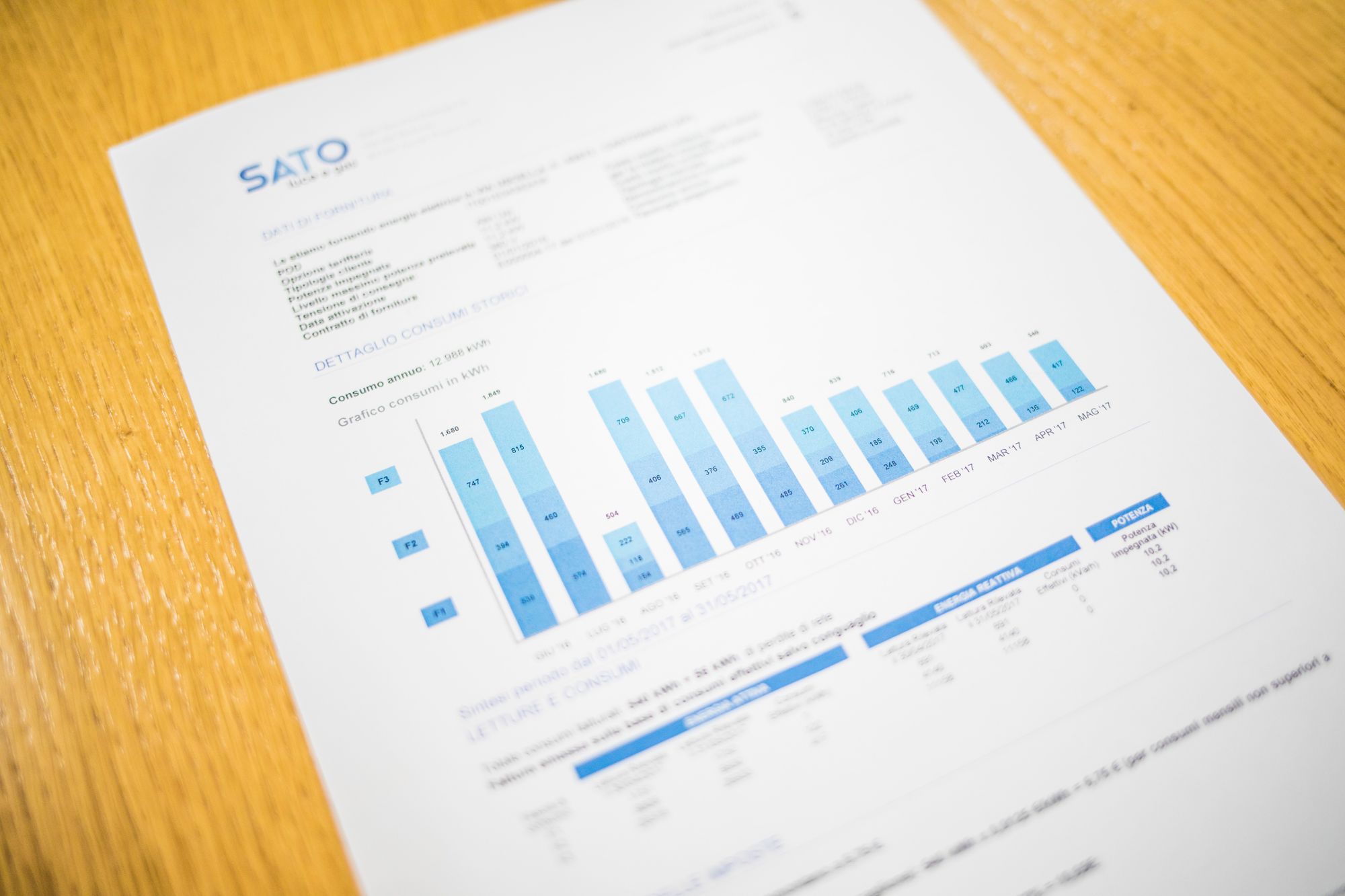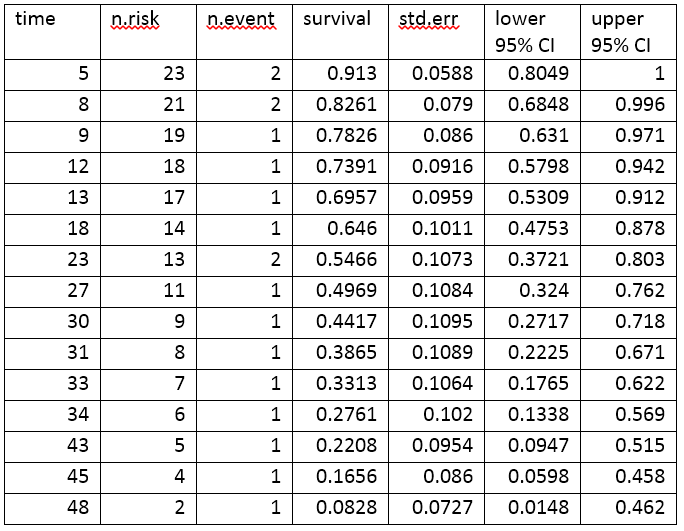
[ad_1]
The Portable Document Format (PDF) is the go to file format for sharing & exchanging data between organizations, businesses & institutions. While you can view, save and print PDF files with ease, editing or attempting to extract data from PDF files can be a pain.

Obtaining and extracting data from a PDF is crucial for reorganizing & presenting data according to your own requirements. In most other document formats such as DOC, XLS or CSV, extracting a portion of information is straightforward; simply edit the data or copy and paste. But this is quite challenging to do for PDFs; editing is impossible and copy pasting just doesn’t maintain the original order of data presentation. When handling PDF data extraction in bulk, these issues can cause errors, delays and cost overruns that could seriously impact your organizational objectives.
So how can one extract data from a PDF file in a meaningful way? Here are 5 different ways to extract data from PDF.
Copy & paste
A copy & paste approach is the most practical option when dealing with a manageable number of PDF documents.
- Open each PDF file
- Selection a portion of data or text on a particular page or set of pages
- Copy the selected information
- Paste the copied information on a DOC, XLS or CSV file
As mentioned earlier, this simple approach most often results in data extraction that is erratic & error-prone. You will have to spend a considerable amount of time & effort to reorganise & present the extracted information in a consistent & meaningful way.
Outsourcing manual data entry
Handling manual data extraction from PDFs in-house for a large number of documents might become unsustainable and prohibitively expensive in the long run. Outsourcing manual data entry is an obvious alternative that is both cheap and fast. Online services like Upwork, Freelancer, Hubstaff Talent & Fiverr and other similar companies have an army of data entry professionals based out of middle-income countries in South Asia, South-East Asia and Africa. These data entry professionals will essentially do the steps outlined in the previous step, but at scale. While this approach can reduce data extraction costs and delays, quality control & data security are serious concerns.
PDF converters

PDF converters are an obvious choice for those concerned about data quality & data security. PDF converters allow data extraction to be managed in-house while being fast and efficient. Such PDF converters are available as software, web-based online solutions and even mobile apps. PDFs are most commonly converted to Excel (XLS or XLSX) or CSV formats as they present tables in a neat way. Simply open or upload the PDF document and convert it into a convenient format. PDF converters, however, are just not equipped to handle documents at scale. Bulk data extraction is just not possible and one has to repeat the data extraction process for each document, one at a time. Here are some top PDF convertor tools/software:

Very often, PDF documents contain tables along with text, images and figures. In many cases the data of interest is usually in the tables. PDF converters process the entire PDF document, without providing an option to limit the data extraction to a specific section in a PDF. PDF table extraction tools do just that. PDF table extraction tools/technologies such as Tabula & Excalibur allow you to select sections within a PDF by drawing a box around a table and then extracting the data into an Excel file (XLS or XLSX) or CSV. While PDF table extraction tools give reasonably efficient results, you might require development effort or in-house experts to leverage the underlying technologies powering these tools to fit your own requirements. Additionally such PDF data extraction tools only work with native PDF files and not scanned documents (which are most commonly used in organizational communication & information exchange).

Automated PDF data extraction software like Nanonets provide the most holistic solution to the problem of extracting data from PDFs. They are dependable, efficient, extremely fast, competitively priced, secure, scalable & can handle scanned documents as well as native PDF files. Such automated software employ a combination of Optical Character Recognition (OCR), Robotic Process Automation (RPA), pattern recognition, text recognition and other techniques that are ideal for operating at scale and handling bulk data extraction. The workflow in general involves the following steps:
- Collect a batch of sample documents to serve as a training set
- Train the automated software to extract the data according to your needs
- Test and verify
- Run the trained software on real documents
- Process the extracted data
The benefits of using Nanonets over other PDF data extraction software go far beyond just better accuracy. Here are 7 reasons why you should consider using Nanonets to extract data from PDF documents instead of other tools & automated software. Learn how to extract data from PDF documents using Nanonets, or watch the video below:
[ad_2]
Source link